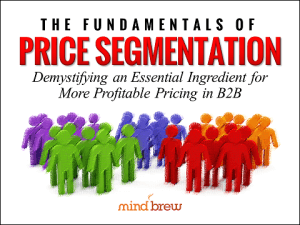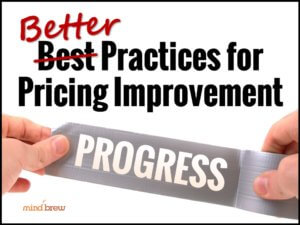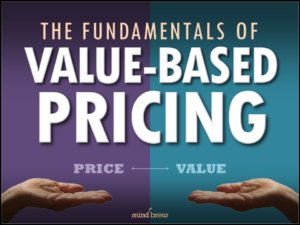In The Fundamentals of Multinational Pricing webinar, we highlight five key aspects of pricing that are often overlooked or neglected as companies expand into other markets around the globe. While most multinationals will have deficiencies in nearly every one of these areas, the good news is that these areas have so much leverage that even seemingly small improvements can have dramatic impacts on overall pricing performance.
Price segmentation is one of the most powerful areas of focus we highlight in the webinar session. You see, it’s not uncommon for multinationals to have a robust and granular price segmentation model in their primary or initial market, while only providing generic or high-level pricing guidance everywhere else.
For example, one multinational company we’re familiar with has worked hard to develop a sophisticated price segmentation model for their primary market of North America. As such, this model has thousands of segments, each representing the critical differences in willingness-to-pay associated with unique combinations of customer attributes, product attributes, and order circumstances.
Beyond North America, however, this company also sells into over 40 other countries around the world. But for these other markets, the pricing guidance being provided amounts to little more than country-level price lists. In other words, there’s a “Brazilian Price List” that treats this large country as though it were a single homogeneous price segment…which it most certainly is not.
So outside their primary market of North America, this multinational is essentially foregoing the massive benefits of price segmentation. And while this may not be a conscious or deliberate decision on their part, the ramifications are the same and they are no doubt leaving a ton of money on the table in these other markets.
Fortunately, driving meaningful improvement in this critical area doesn’t have to be a massive undertaking…
As we’ve discussed many times before, you can gain a tremendous amount of pricing power by identifying and adding even just one or two dimensions to a relatively flat segmentation model. Of course, these additional dimensions or attributes can’t be arbitrary and they must accurately reflect conditions under which willingness-to-pay is demonstrably different.
But by tapping into the knowledge and experience of your in-market teams, you’ll likely be able to identify at least one or two biggies you can leverage—i.e. industry, business type, competitive zone, etc.
The point is that this hugely impactful deficiency common to multinational pricing is not only fixable; it’s fixable without really breaking much of a sweat! As with many things in life, the hardest part is just deciding to do it.
PS: Some pricing teams may try to rationalize providing generic pricing guidance to secondary markets by suggesting that in-market sales teams are capable of figuring out the best prices to charge in any specific situation. These pricing teams should recognize that if this were true, there’d be no need for pricing guidance in their primary markets, either. And rationalizing yourself out of a job is rarely a wise move.
















